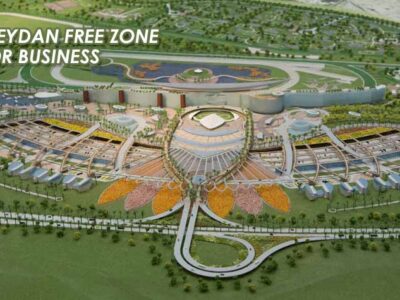What is the purpose of a building inspection?
It is a tool used by city councils to prevent the negative repercussions of insecurity, unhealthiness, or abandonment that might result from the absence of adequate preservation of structures such as residences, workplaces, warehouses, and businesses.
This instrument requires homeowners to submit their properties to periodical building inspections, with the first one occurring 20 or 30 years after construction (depending on local rules) and subsequent ones occurring every ten years. The buildings are designed to maintain their appropriate levels of safety, hygiene, and public adornment in this manner.
Is it necessary to perform a building inspection?
Building inspections are, indeed, the responsibility of the building owners.
What does a building inspection entail?
The goal of the building inspection is to look at four key aspects of the structure:
- The Foundation and the Structure.
- Facades, both external and interior, as well as Mediations.
- The structure’s roof.
- The Plumbing and Sanitation Networks.
Other services, such as a garage or electric ventilation, are not included in the inspection. The building examination is mostly visual, which is plainly insufficient in the case of structures with significant pathological processes. In that instance, the building inspection would have to be used as a starting point for more extensive examinations.
Who is in charge of the building inspection?
- Any professional who is legally permitted to conduct a building inspection can do so. These technicians might work on their own or as part of a team.
- It’s important to note that these professionals are never municipal authorities unless you fail to complete the inspection within legally mandated timeframes, in which case the City Council is obligated to complete the inspection in a secondary manner.
What are the criteria for determining whether a building is in a good or unfavourable state for a building inspection?
These standards are always unique to the expert performing the building inspection, and they may differ from one specialist to the next.
As a general principle, pathological signs that cause unfavourable STI should be those that jeopardise the property’s and residents’ safety (structural damage), the security of pedestrians (disconnection of cladding and facade elements), or the building’s habitability. Dirt on the facade will only produce undesirable STI if it is produced by factors that might cause harm.
What if the homeowner fails to do a construction inspection?
If you do not complete a building inspection inside the legally mandated timeframes, the City Council will compel you to do so, giving you three months to do it. If the building inspection is not completed within that time frame, the City Council may levy up to three coercive penalties to force it to be completed.
If it continues to break the law, a secondary inspection will be conducted by Municipal Technical Services, which will always be billed to the Property.
What if the building inspection is Unfavourable?
If the building inspection is negative, you must immediately begin the repair process.
Following the completion of the job, a second inspection is required to ensure that the work was conducted appropriately.
If such is the case, a Technical Suitability Certificate is issued and presented to the City Council, thus closing the case for the next ten years.








Comments